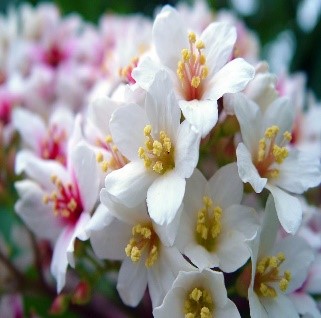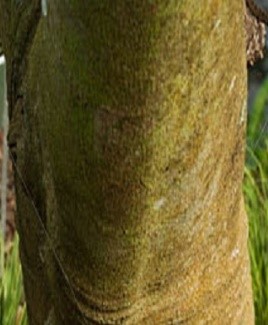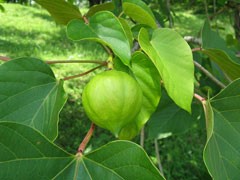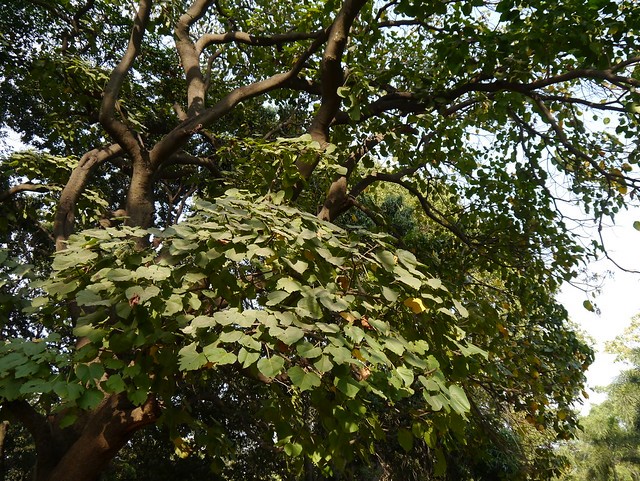Trees
Aleurites fordii Hemsl.
Aleurites fordii Hemsl.
Description :
This plant is medium
sized deciduous tree with a spreading crown that grows up to the height of
about 20 m. This plant is commonly known as tung tree. The bark of the tree is
thin and smooth. When the bark is cut it bleeds latex. The leaves are simple,
alternate, heart shaped, green in colour from both sides, about 4 to 25 cm long
and 3 to 20 cm wide. At the base of the leaf red conspicuous glands are
present. Petiole is 5 to 25 cm long. The Flowers have five yellowish pink to
purple petals and are 2 to 4 cm in diameter. The fruit is green when young and
becomes brown when it ripens. The fruit is a pear-shaped berry, hard and is 3
to 6 cm ling and 2.5 to 5 cm broad. The fruit is green when young and becomes
dull brown when it ripens in autumn season. it contains 4 to 5 seeds.
Distribution :
This plant is native to western and central Asia; its
seeds have been planted there for thousands of years. It has also been widely
cultivated in other areas of the world including, Pakistan, India, Burma,
Africa and in America. It grows well in the rocky places at the altitude of
about 1000 m. But they can also be found at the elevation of 2000 m.
Uses :
This
tree can be used as an ornamental plant. The oil derived from the seeds of the
tree is known as tung oil. The oil poisonous but it has great value and has
been used for the treatment of skin problems like burns, wounds and scalds.
Extracts from the fruit have antibacterial properties. Tung oil has been
traditionally used in lamps. It is also being used in paints, varnishes as an
ingredient. After purification and processing of this tung oil, it can also be
used in motors. The wood of the tree is
very strong and light in weight and it is often used as substitute for basswood
or balsa.



